ProVision Blog
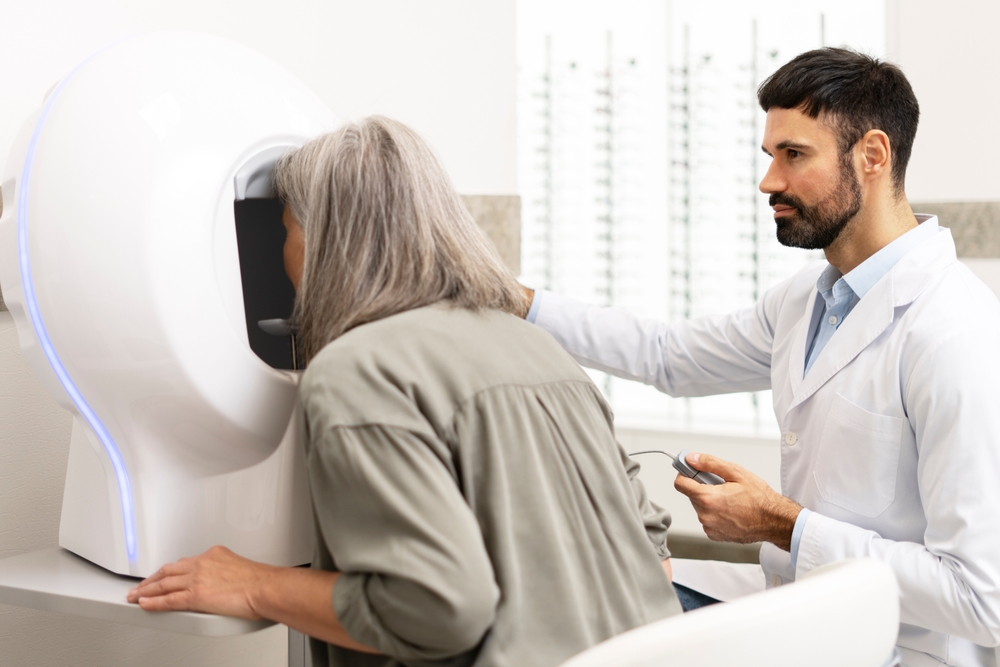
Many people assume that if they can see clearly, their eyes must be healthy. However, vision and eye health are not the same thing. A comprehensive eye exam goes far beyond checking your glasses or contact lens prescription. At ProVision, comprehensive eye exams are designed to protect both your vision and your long-term eye health by identifying conditions that often go unnoticed without advanced diagnostic testing.

Many parents notice their child squinting and wonder if nearsightedness can be reversed.

You’re staring at your computer screen, and the words start to swim together. Or maybe you’re driving, and the street signs all seem fuzzy for a moment. You blink a few times, and your vision clears up—but this frustrating, fluctuating vision repeats itself throughout the day. This on-again, off-again blurriness can be confusing, but the solution is often simpler than you think. The cause of blurry vision is often dry eye. This is because, when your eyes lack the consistent, healthy tear film needed to focus light properly, your vision often becomes blurry or fuzzy.

Your eyes are constantly changing, yet many people don’t realize how subtle shifts in vision can affect their daily lives. Because these changes often occur gradually, it’s easy to adapt without noticing. Over time, these adjustments can mask early warning signs of vision problems.

After cataract surgery, your vision should be clearer. However, some people experience what’s called a “secondary cataract” or posterior capsule opacification (PCO). This isn’t a real cataract, but happens when cells grow on the lens capsule left behind during surgery, causing cloudy vision, glare, and other symptoms similar to cataracts.
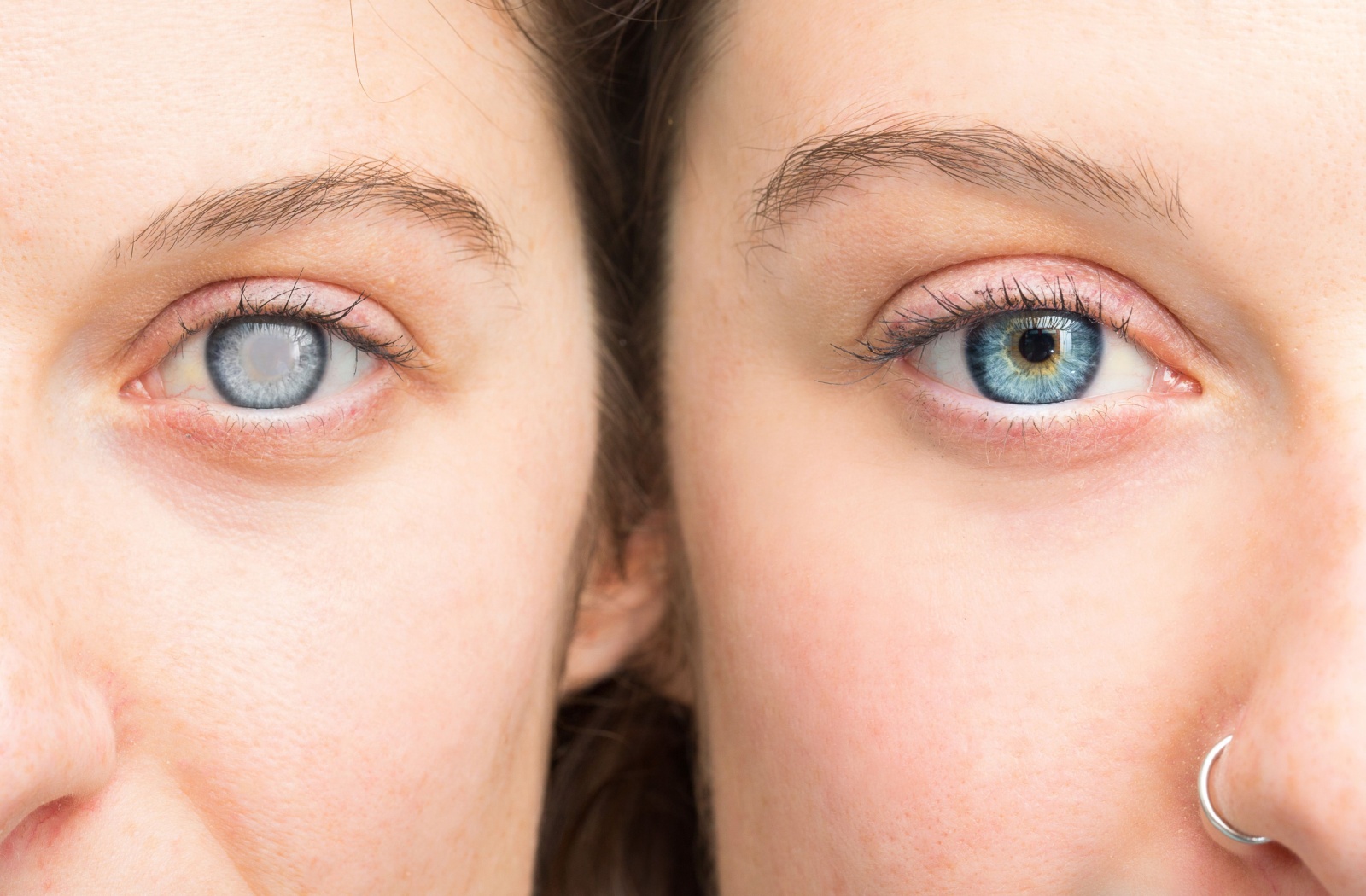
Glaucoma is a group of eye conditions that can gradually damage the optic nerve and lead to vision loss; often without noticeable symptoms in its early stages. One of the most common questions people ask is whether glaucoma is hereditary. Research shows that genetics do play a role. If you have a parent, sibling, or close relative with glaucoma, your risk of developing the condition is significantly higher. Specific gene mutations such as MYOC, OPTN, and CYP1B1 have been linked to various types of glaucoma, including primary open-angle glaucoma, normal-tension glaucoma, and congenital forms that appear in early childhood.
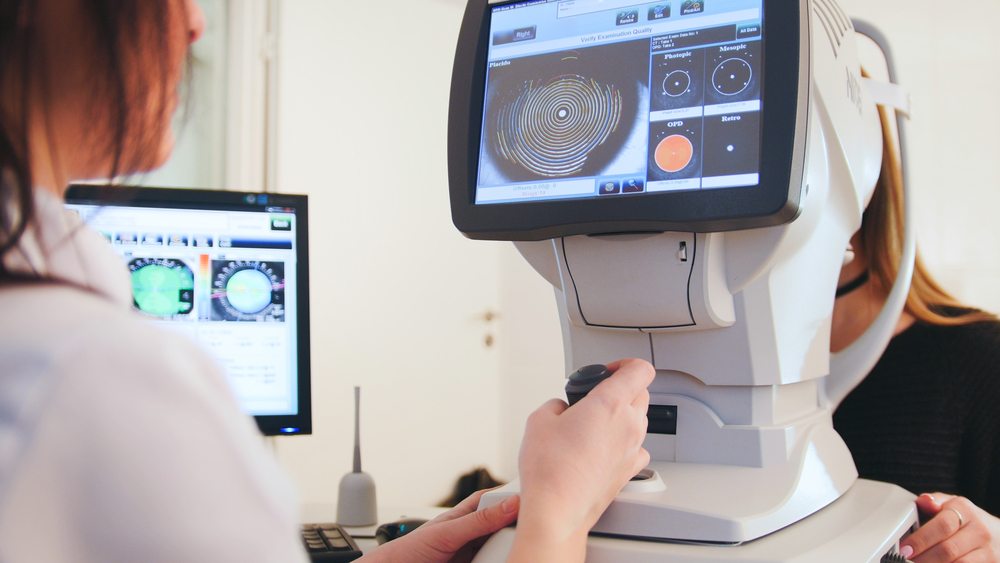
When it comes to protecting your eyesight, early detection is key. Optical Coherence Tomography (OCT) is a leading imaging technology that allows your optometrist to see beneath the surface of your eye - giving them a highly detailed view of your retinal layers, optic nerve, and other vital structures. This non-invasive test can reveal conditions in their earliest stages, often before you notice any changes in your vision.
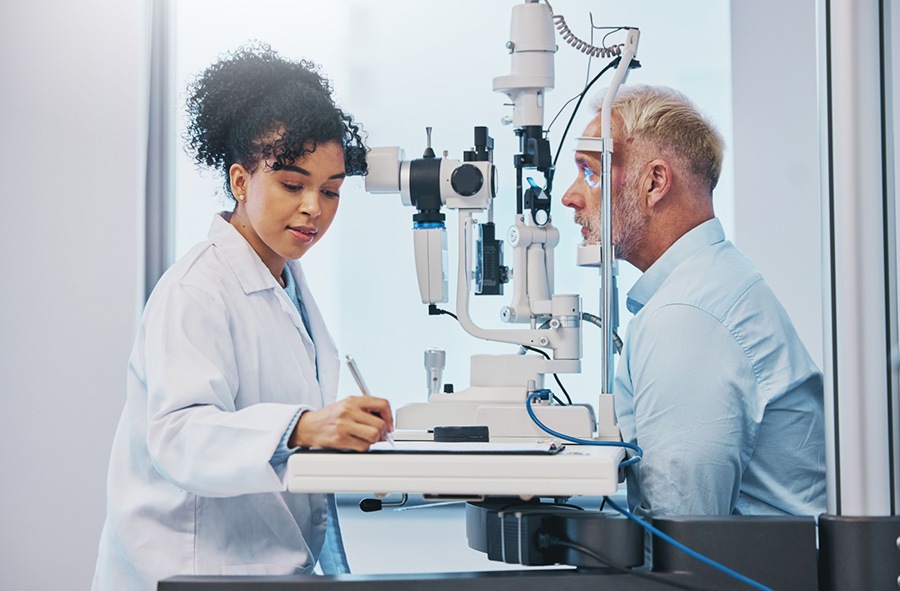
Red, itchy, irritated eyes often lead many people to the same conclusion: pink eye. Known medically as conjunctivitis, pink eye is a common eye condition that causes inflammation of the conjunctiva—the thin membrane covering the white part of the eye. However, it is not the only cause of red or irritated eyes, and mistaking other issues for conjunctivitis can lead to improper treatment and unnecessary discomfort.
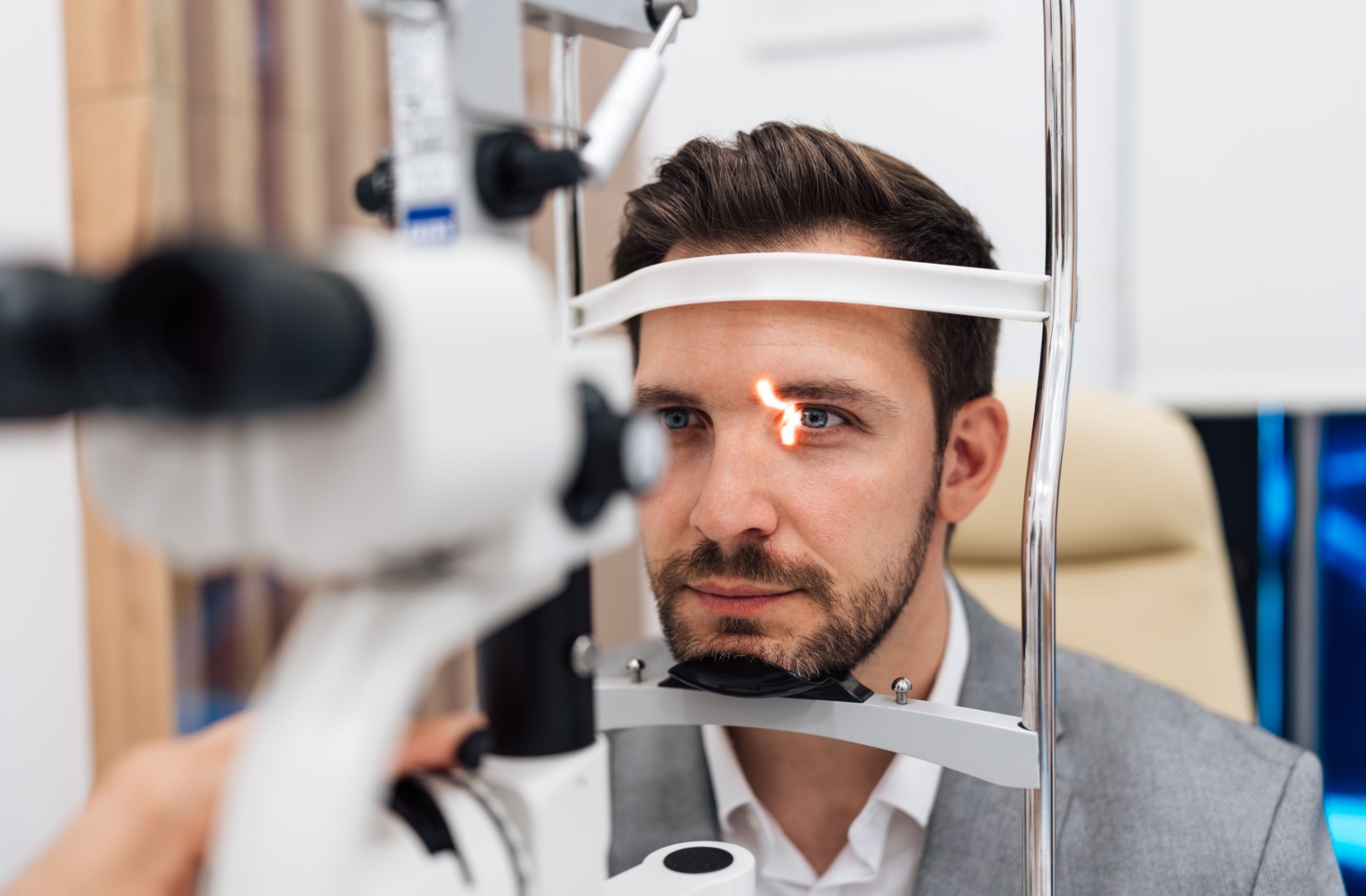
Many people assume their eyeglasses and contact lens prescriptions are interchangeable, but that’s not the case. While both types of prescriptions aim to correct your vision, they’re written differently due to how each lens sits on your eye. Glasses rest slightly away from your eyes, while contact lenses are placed directly on the surface of the eye. This difference in distance, called vertex distance, can significantly affect the lens power needed; especially for stronger prescriptions.
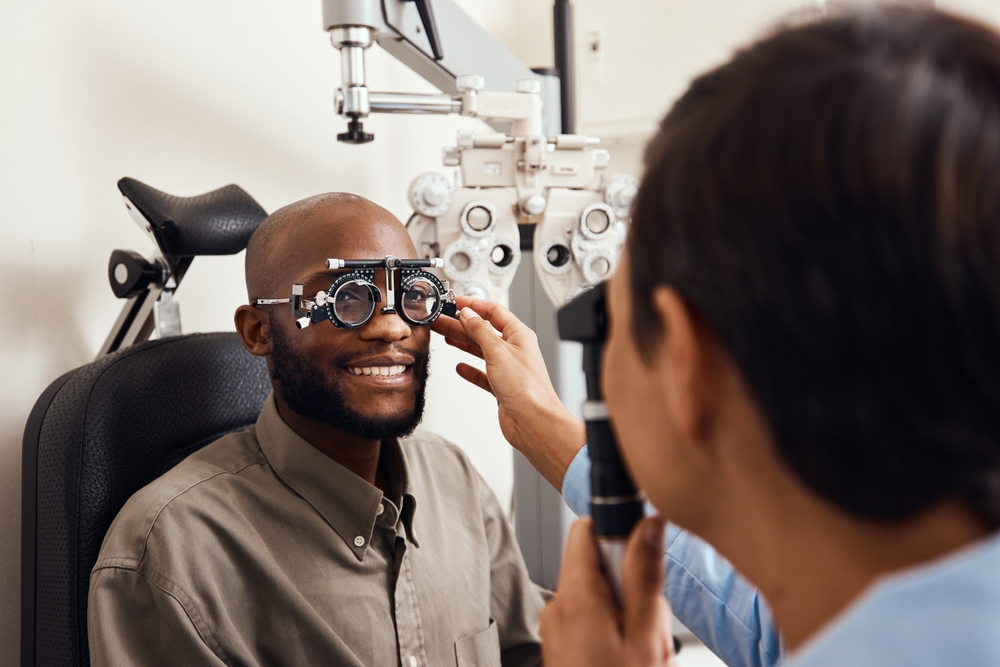
When was your last eye exam? If it's been over a year, you might be missing more than just an update to your glasses or contact lens prescription. At ProVision, we encourage patients to think of annual eye exams as an essential part of preventive healthcare. These visits give us the opportunity to assess your eye health, detect early signs of disease, and even uncover clues about your overall wellness.










